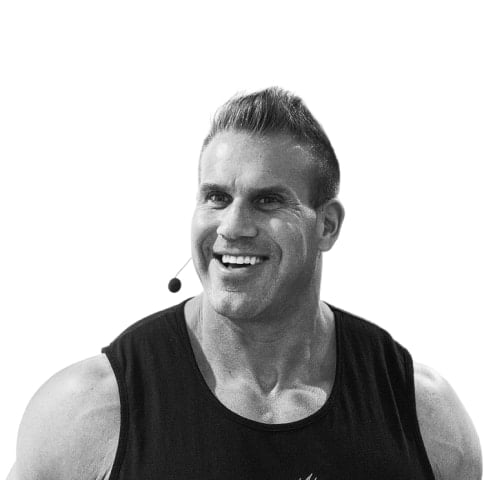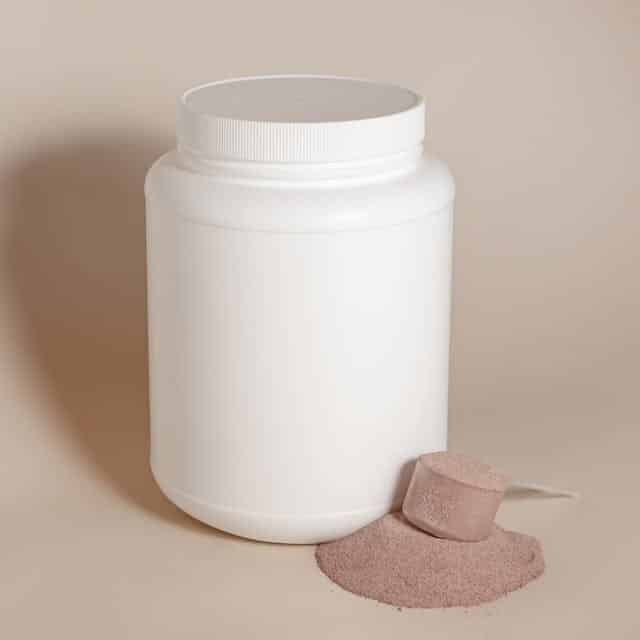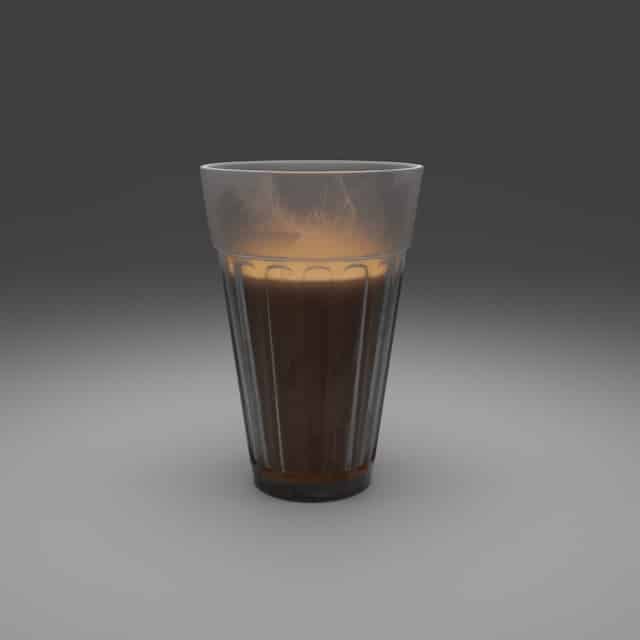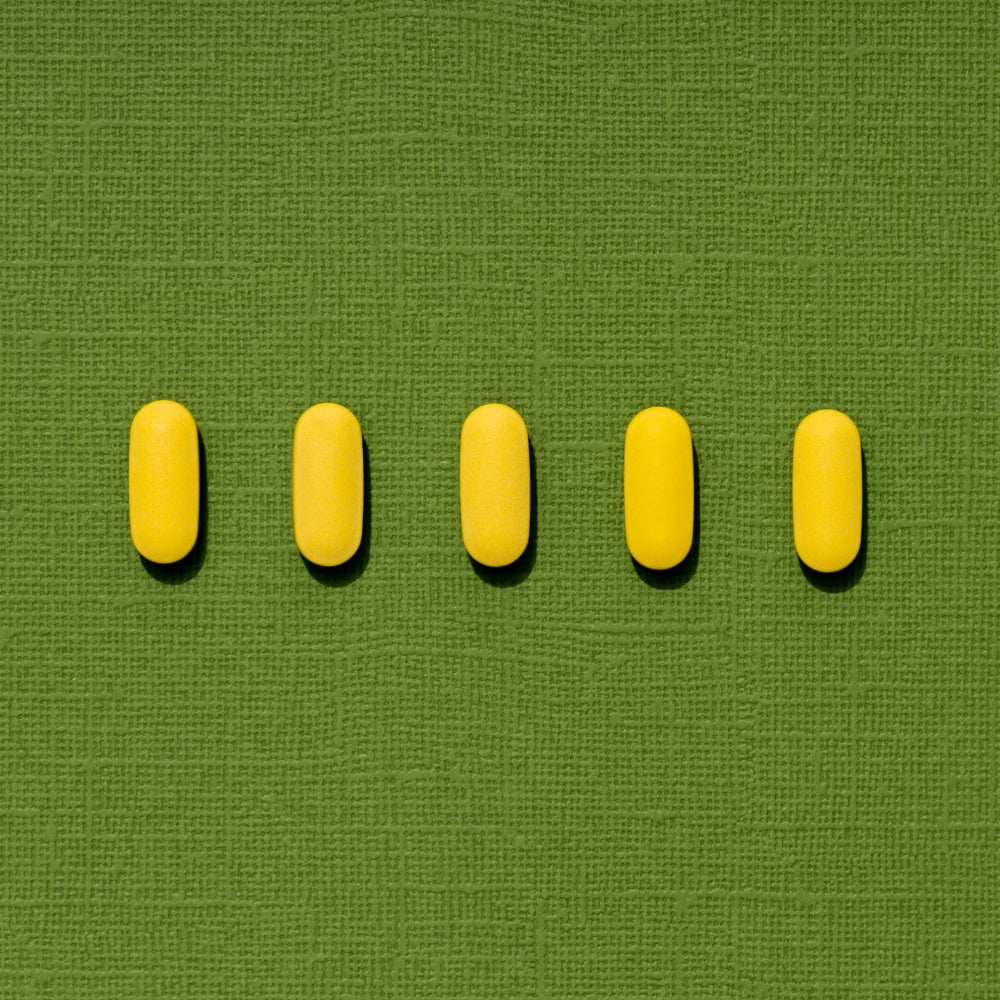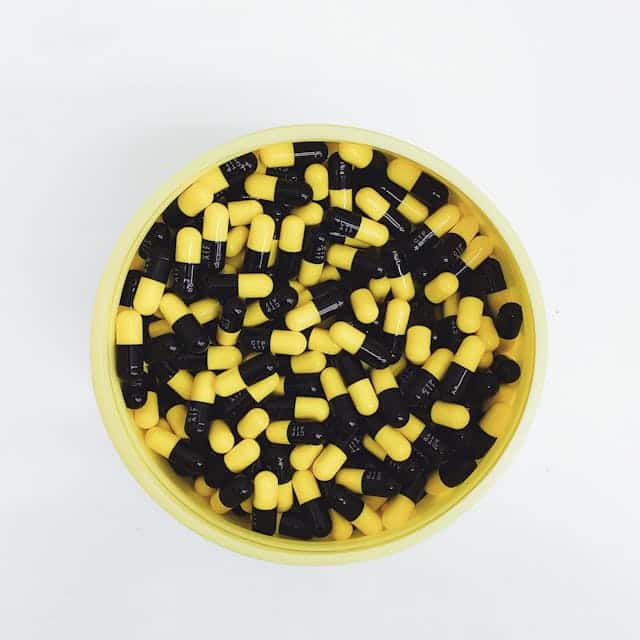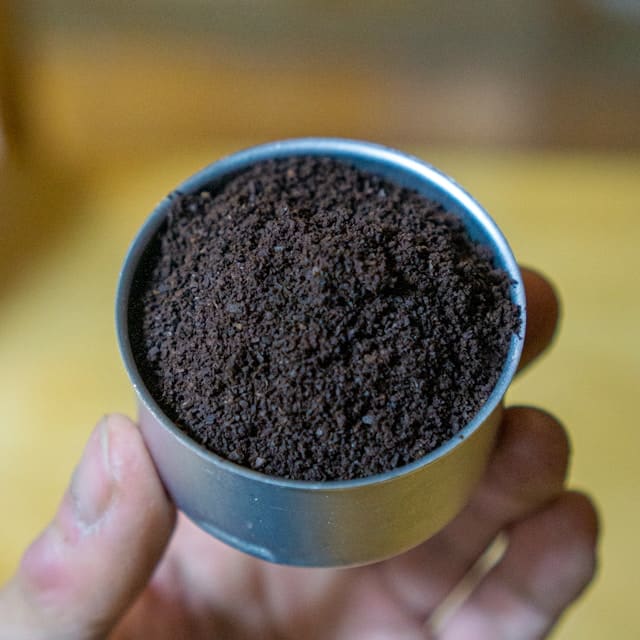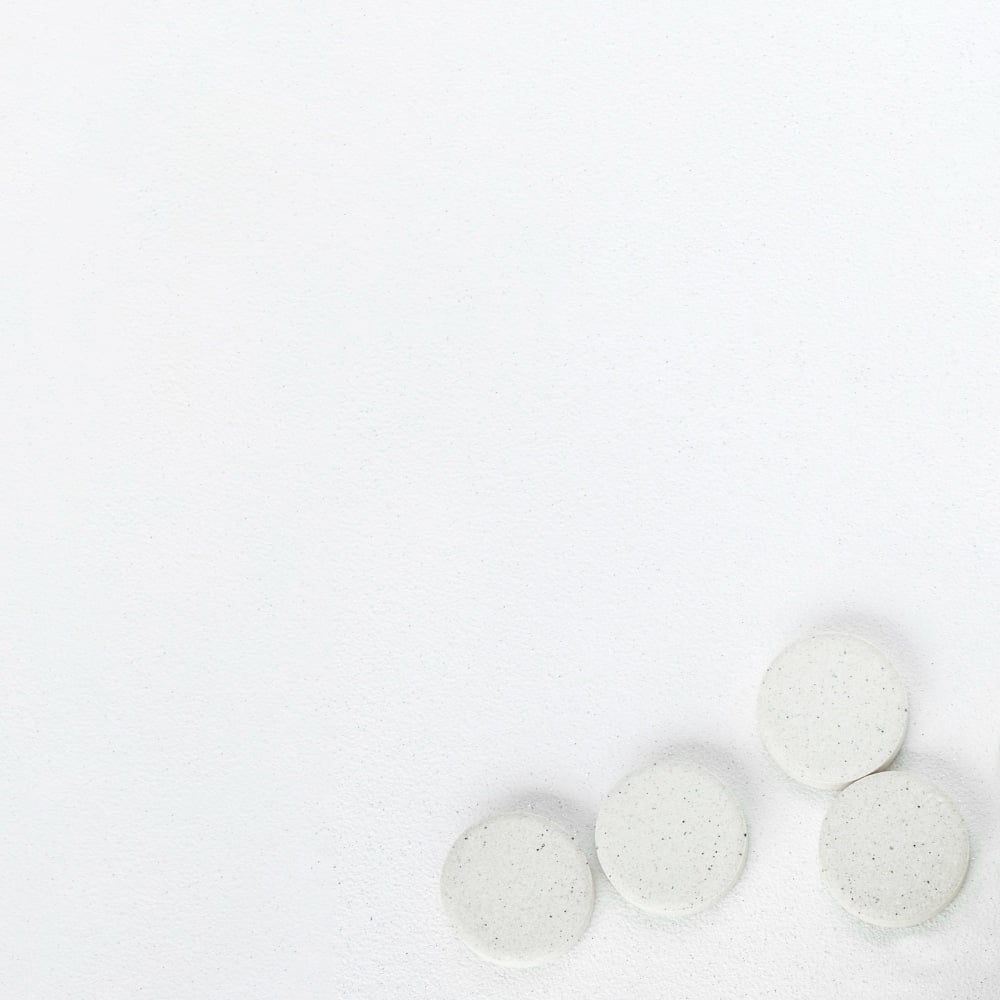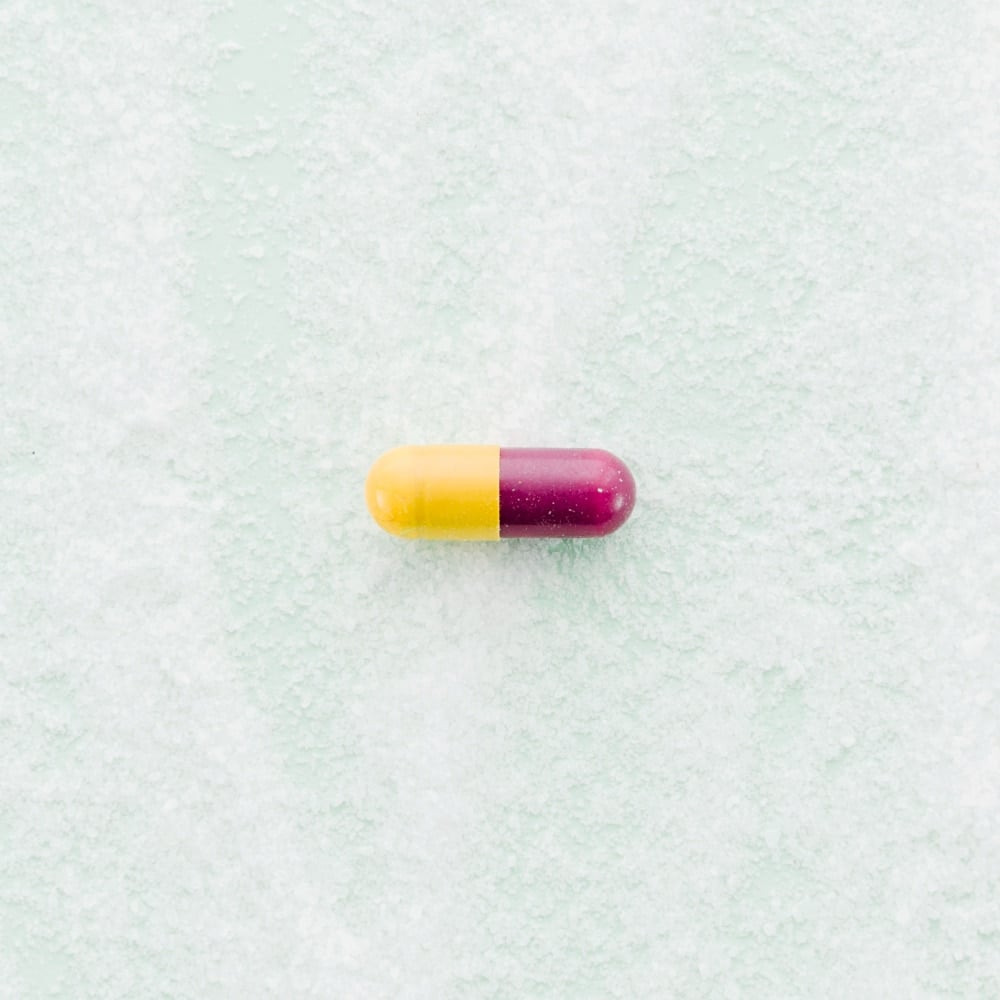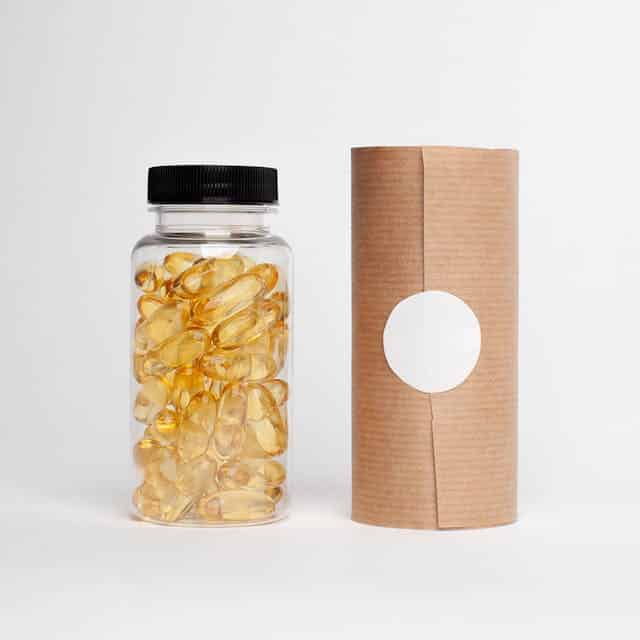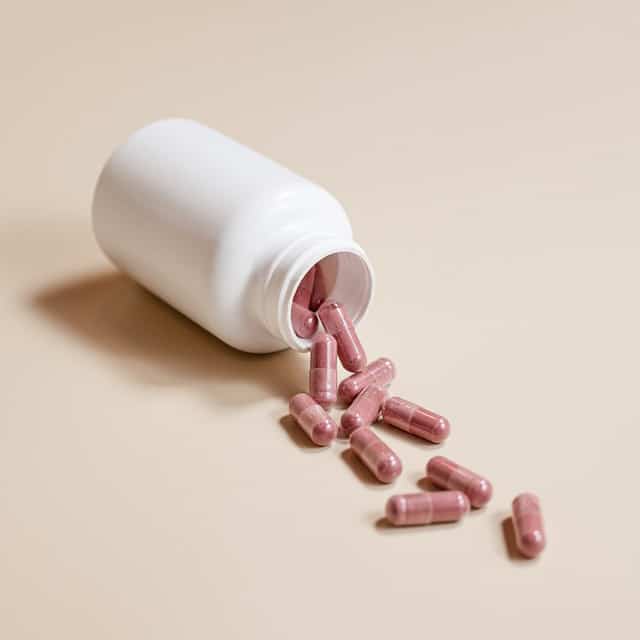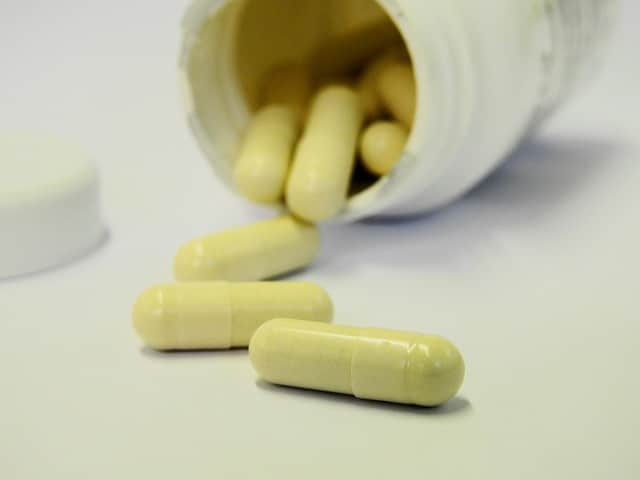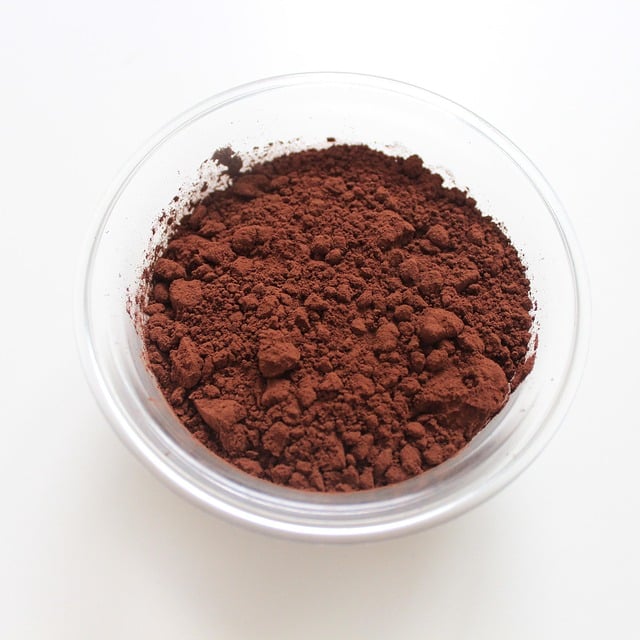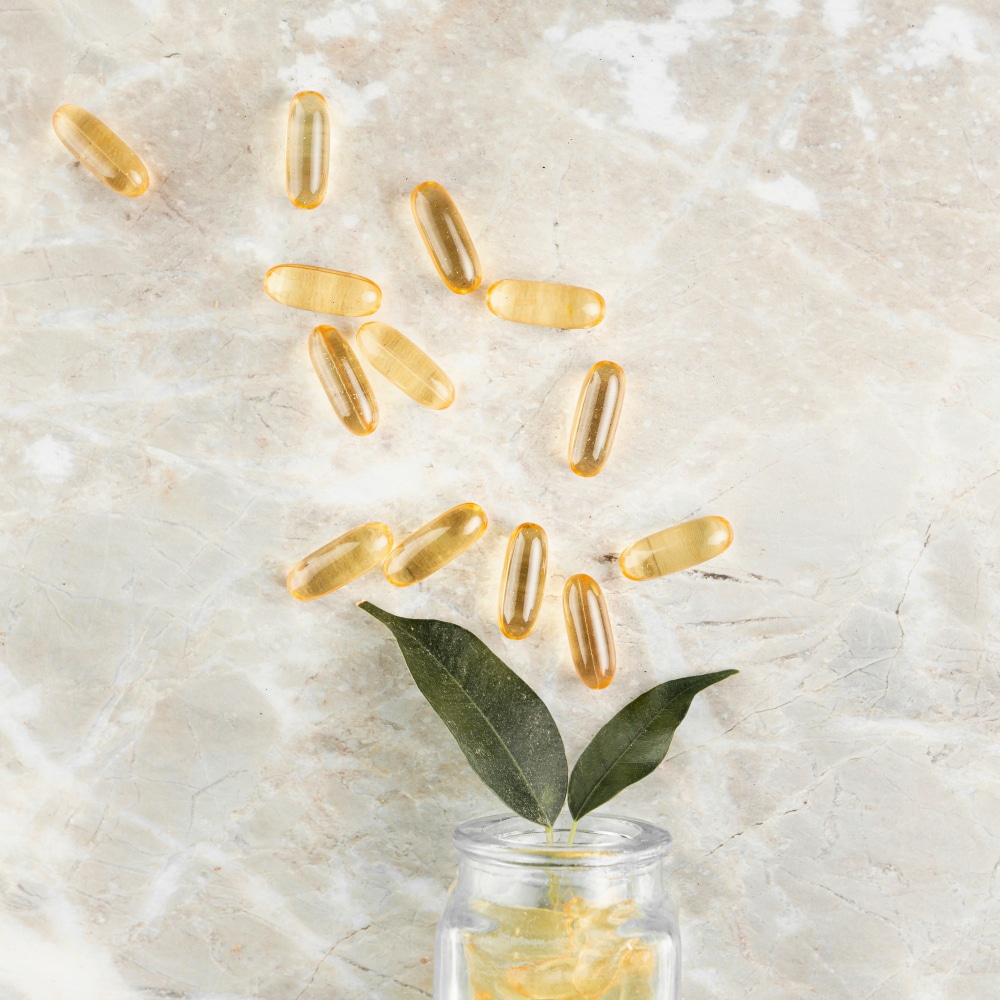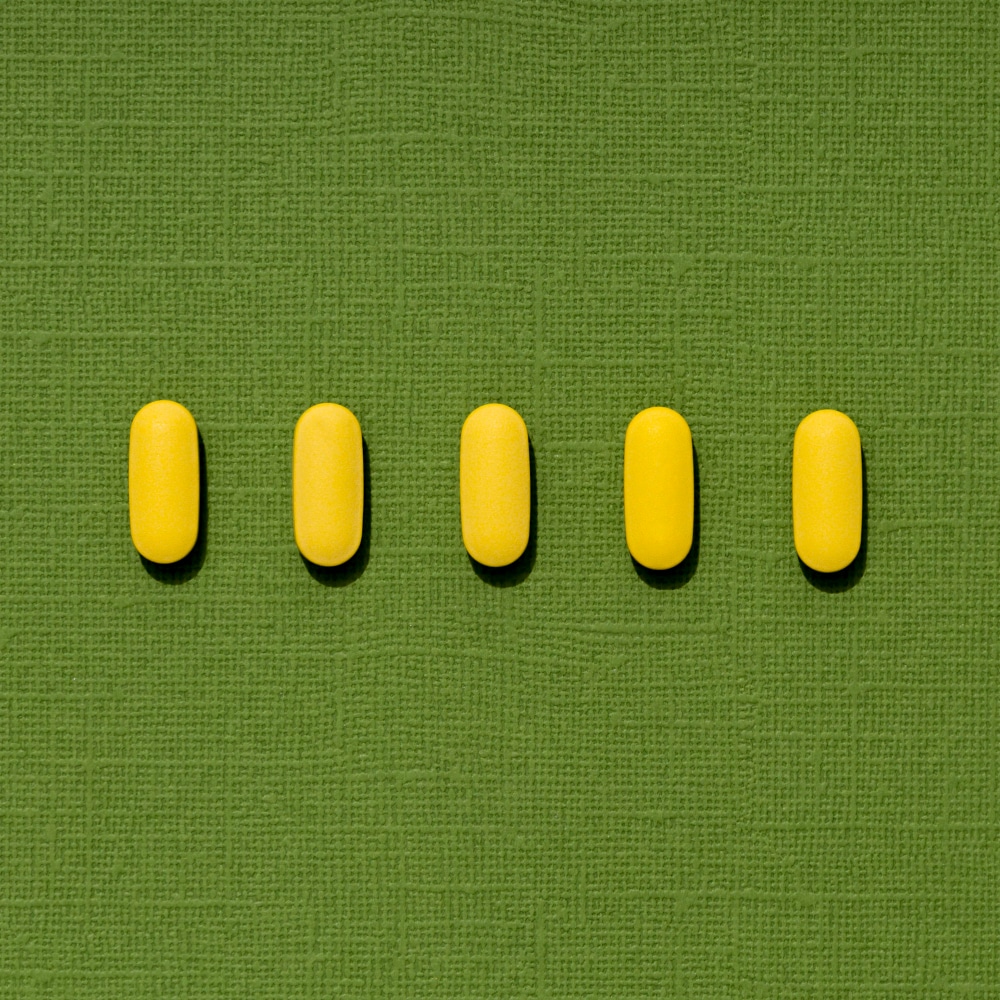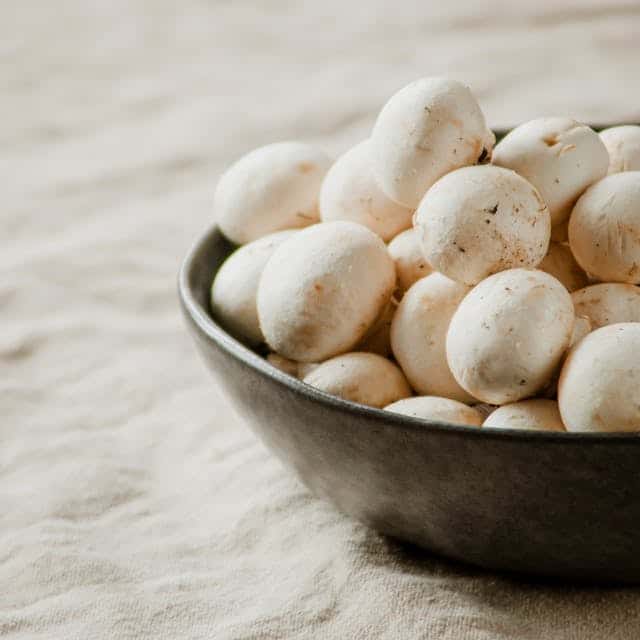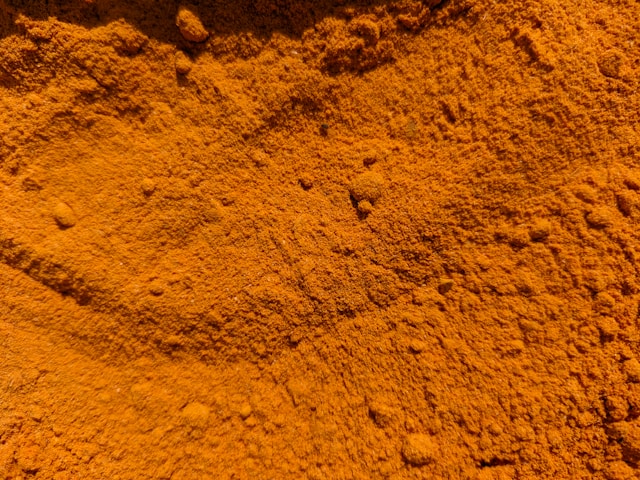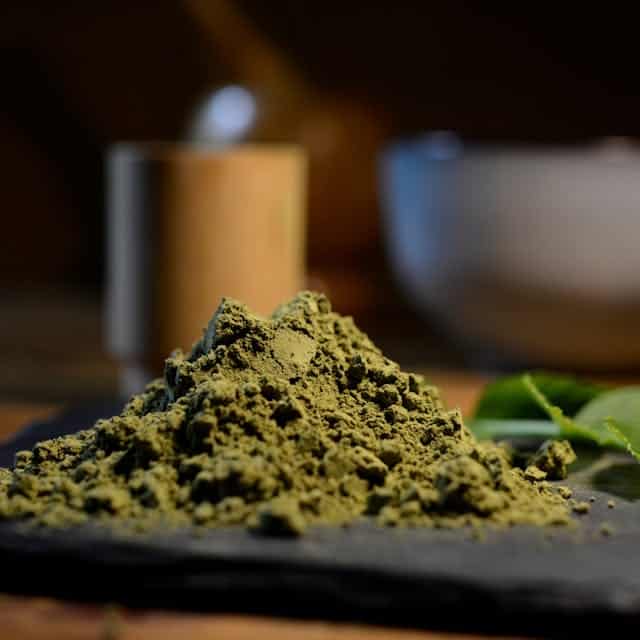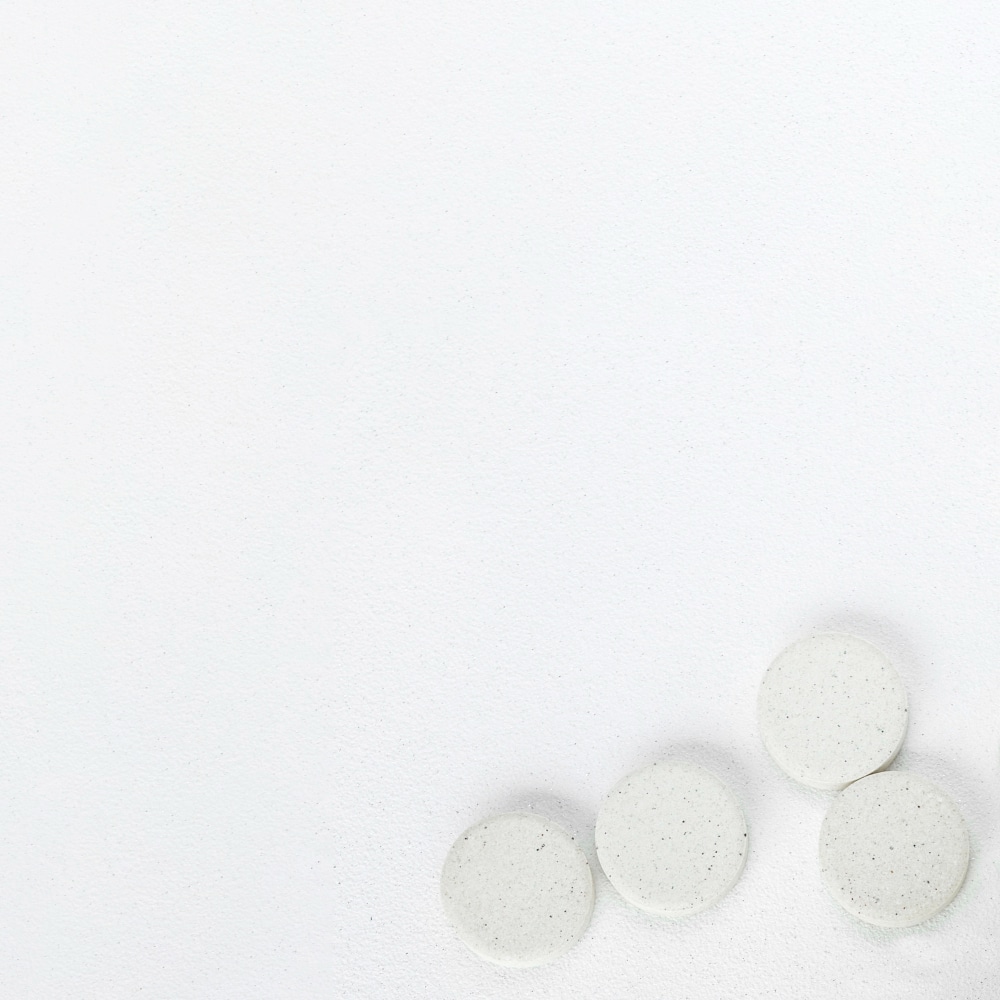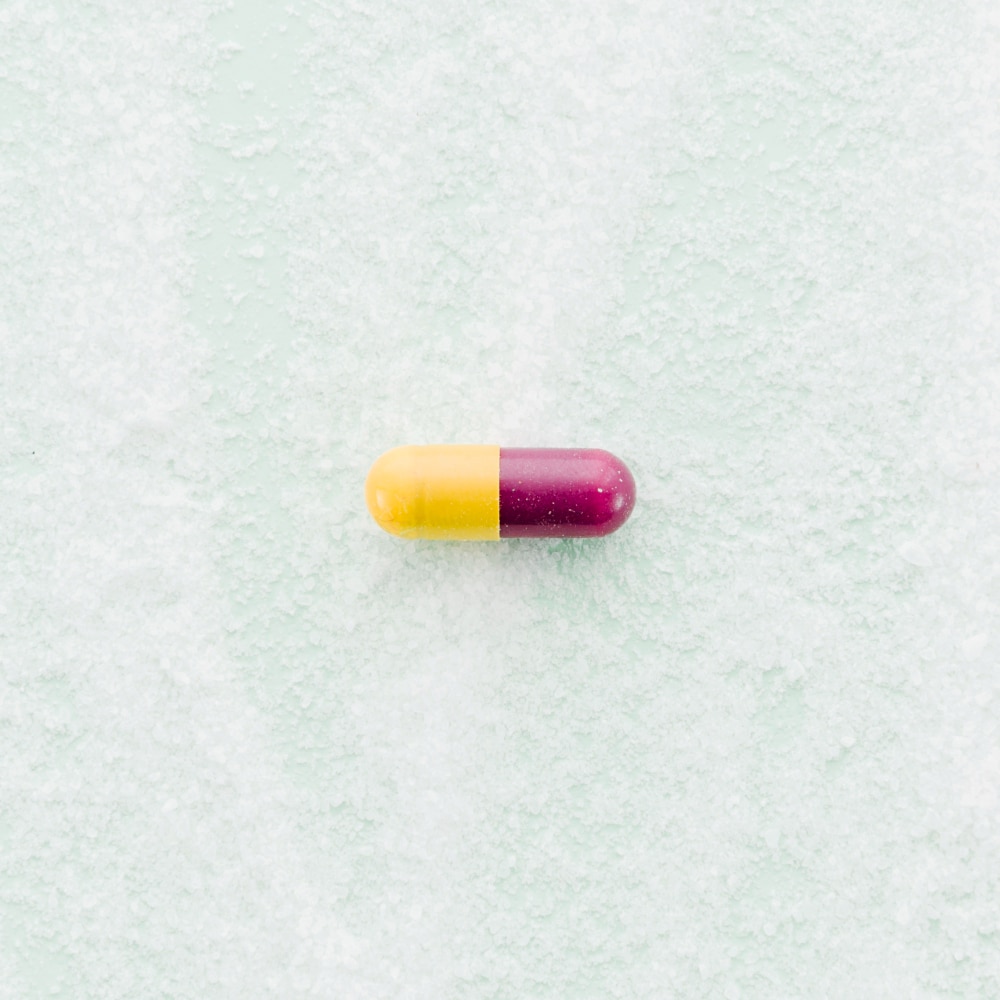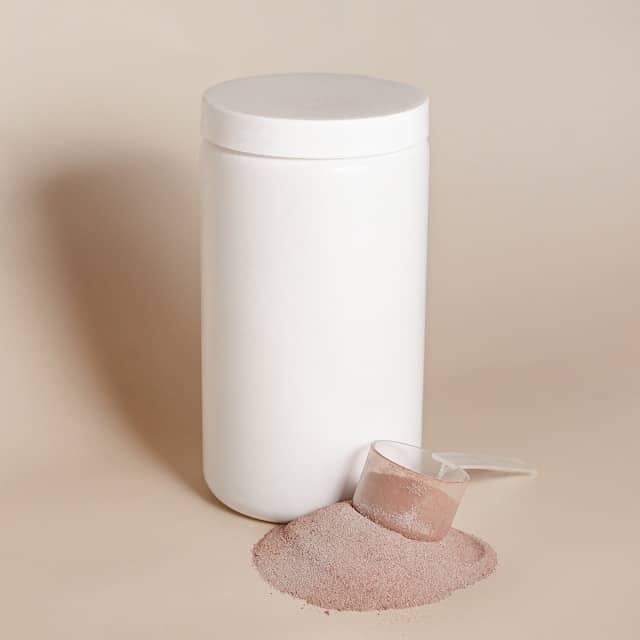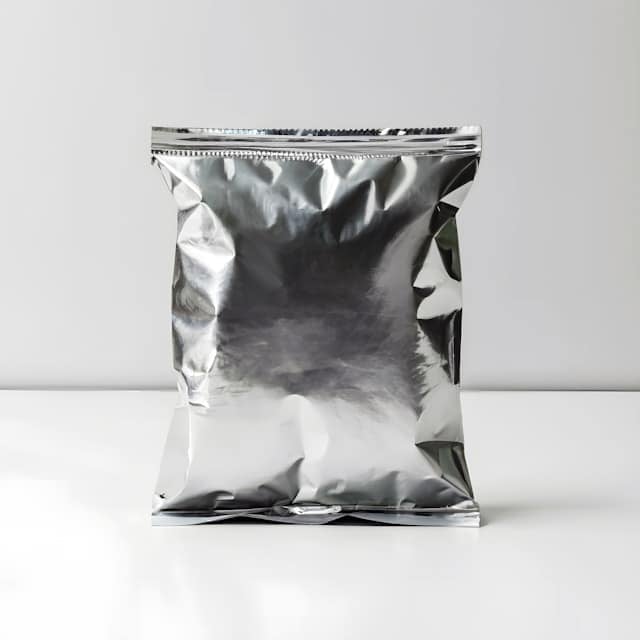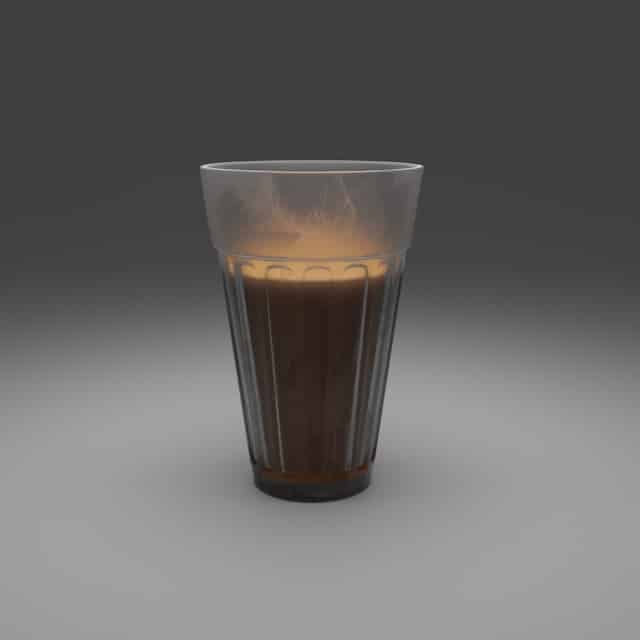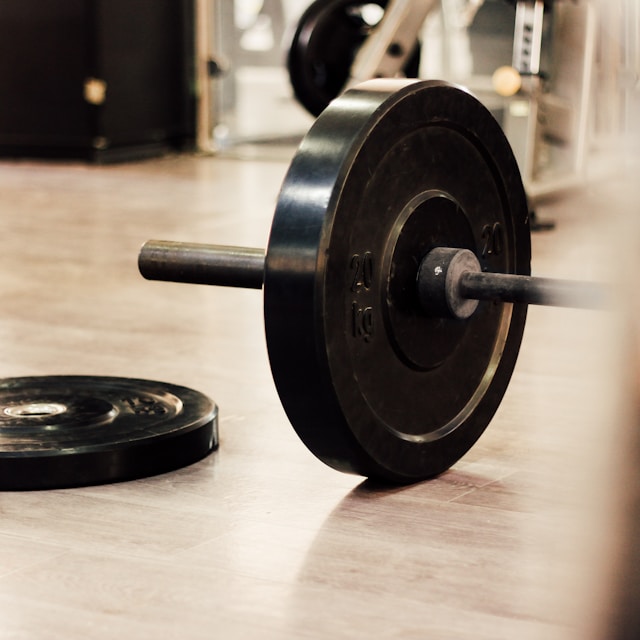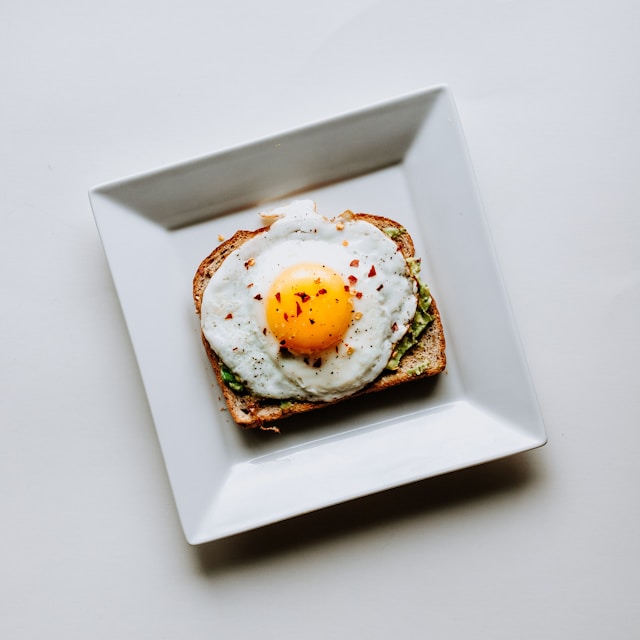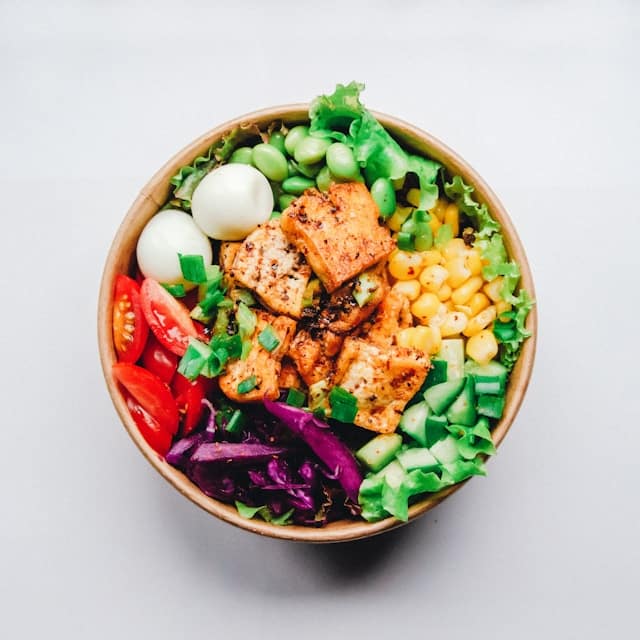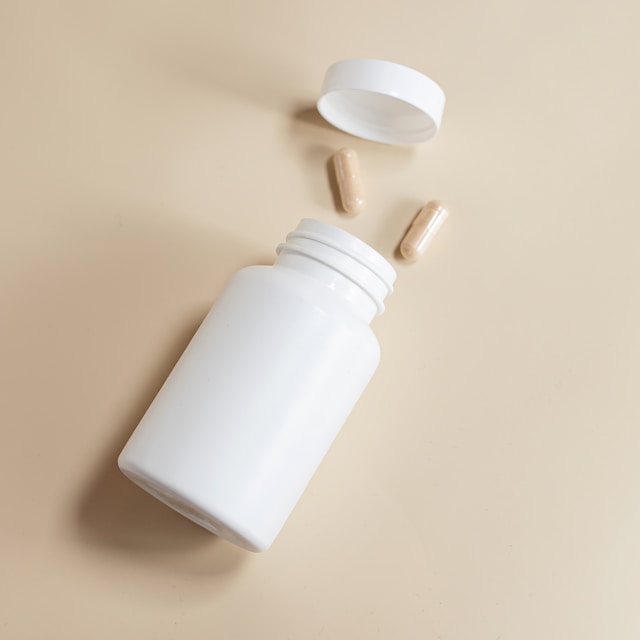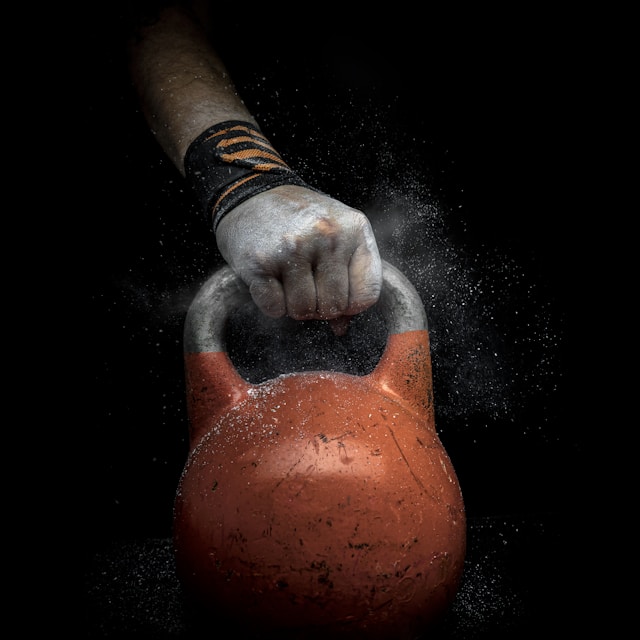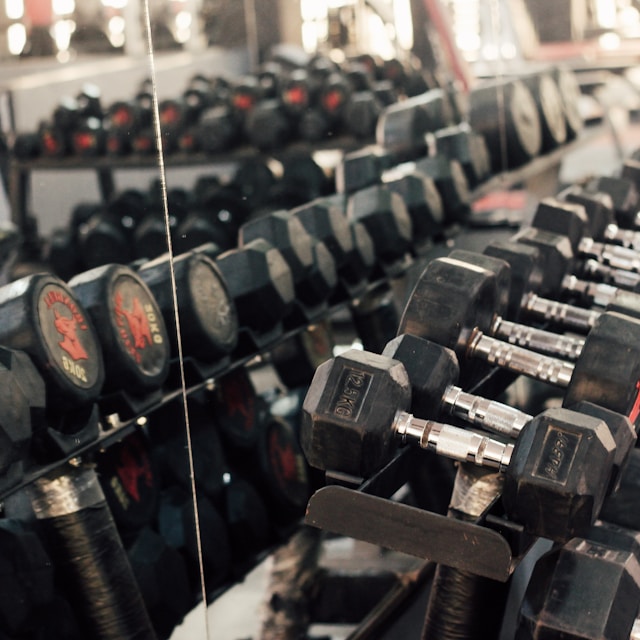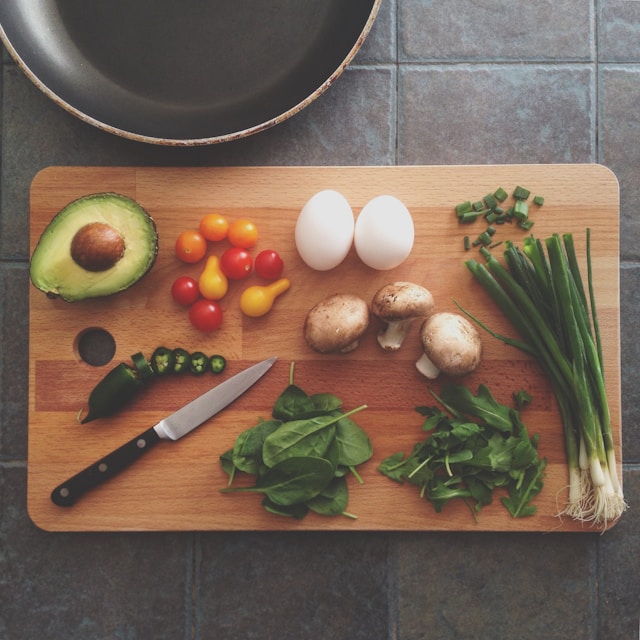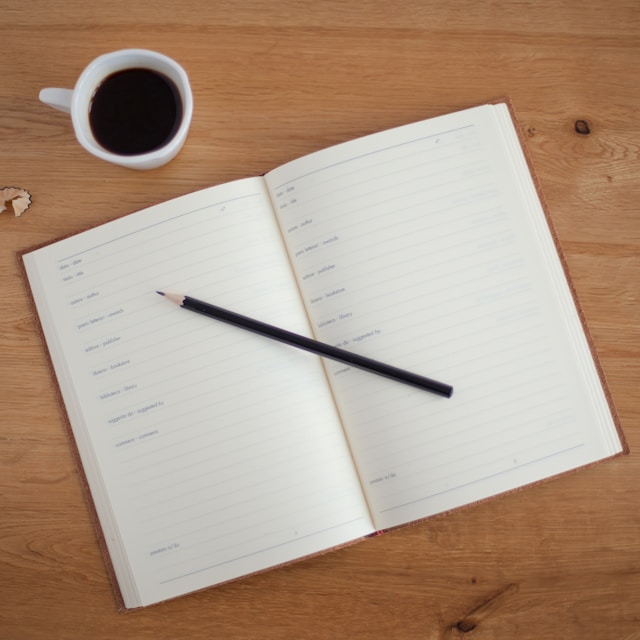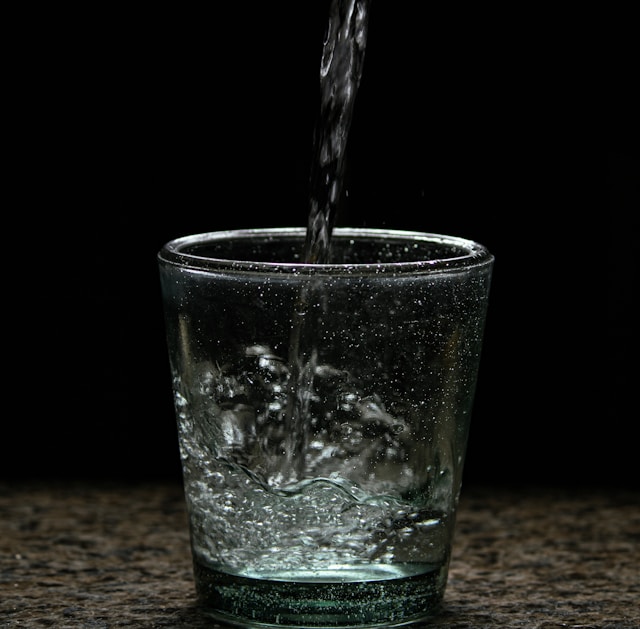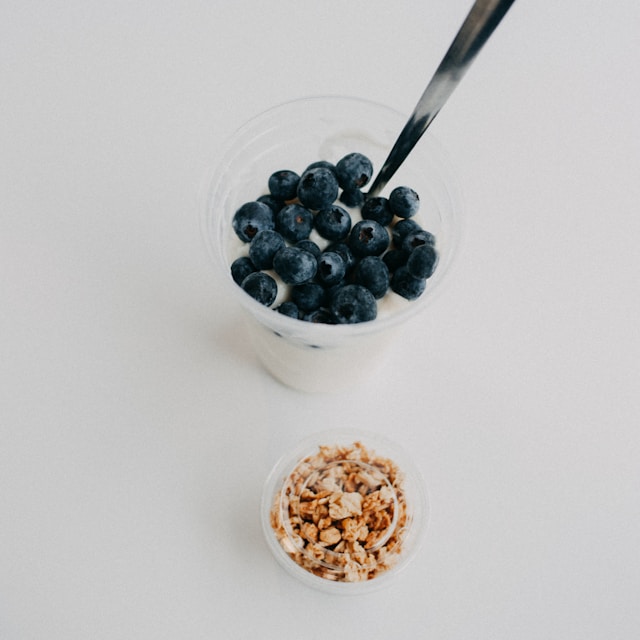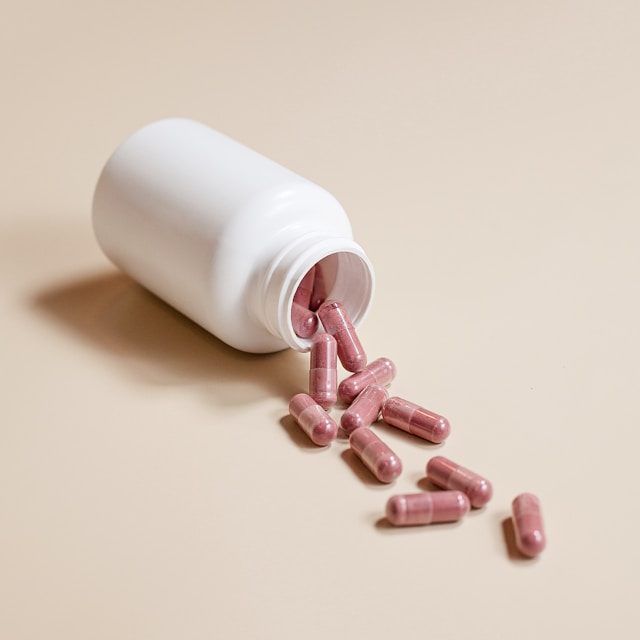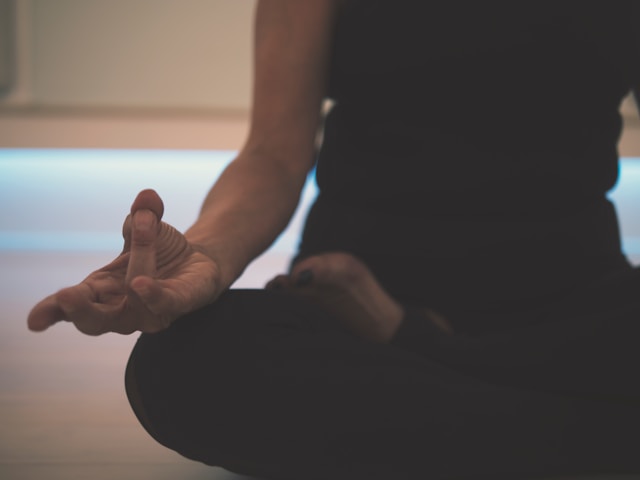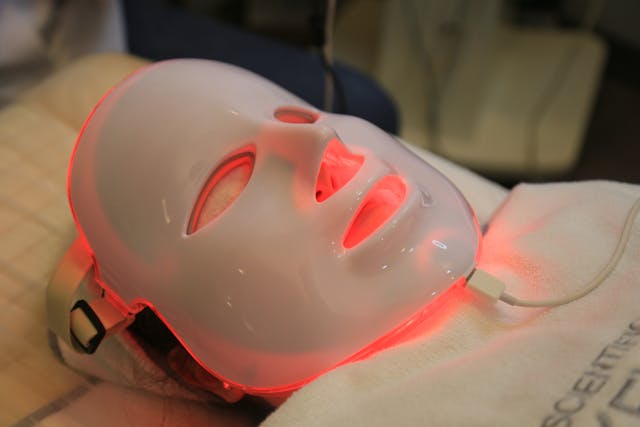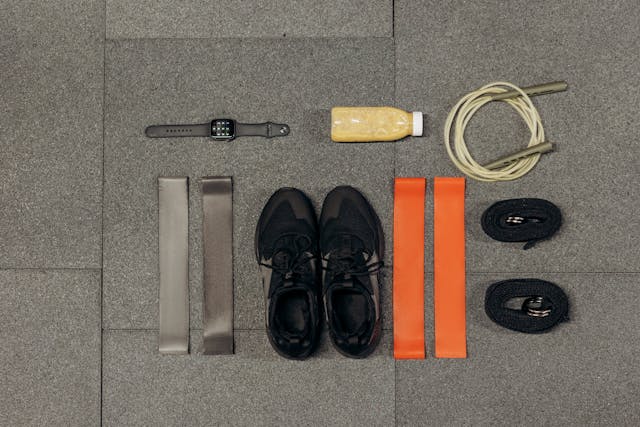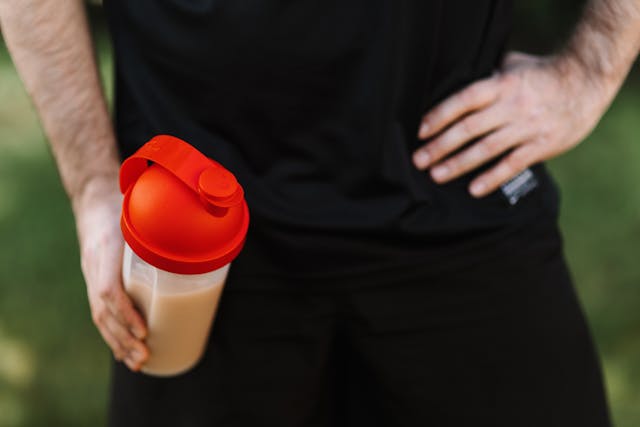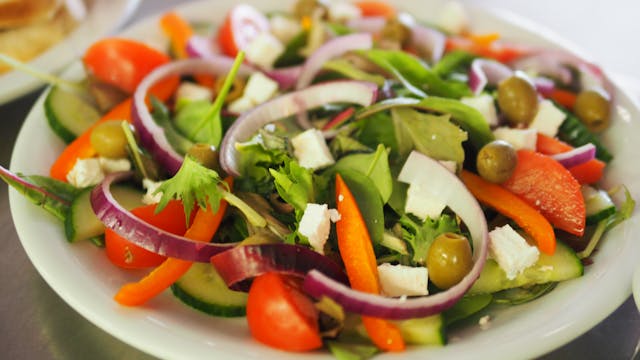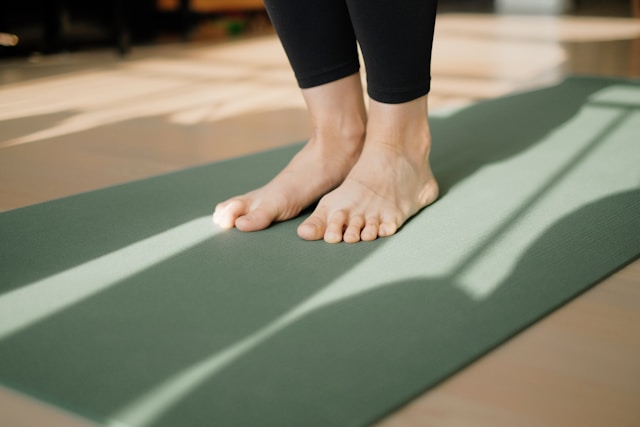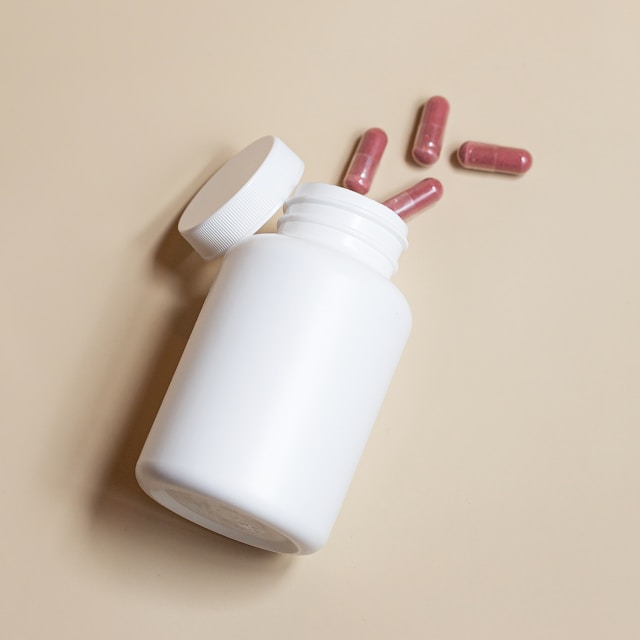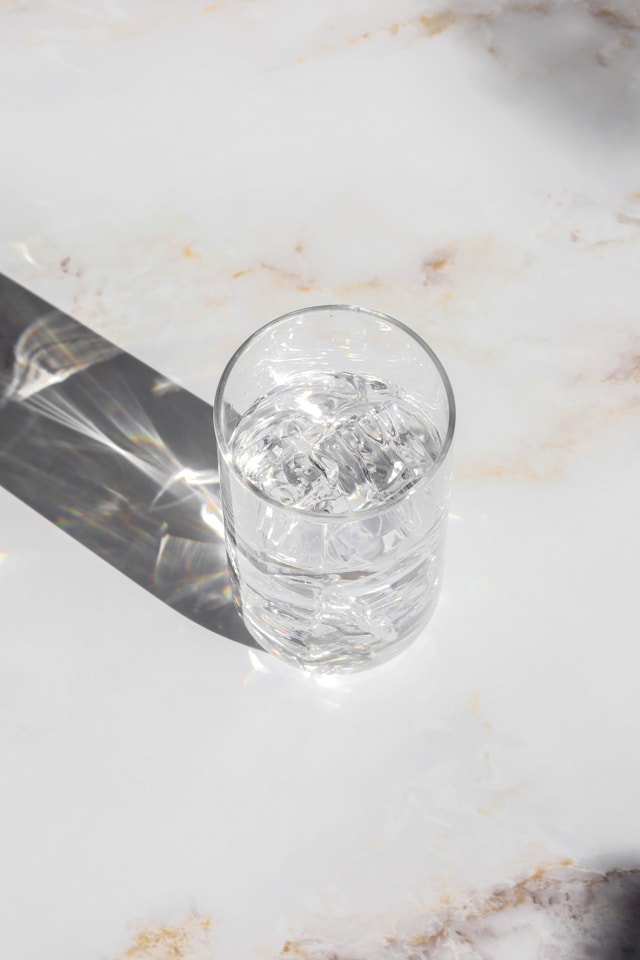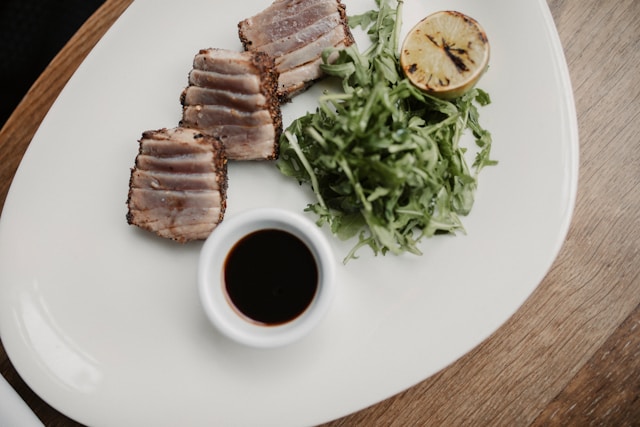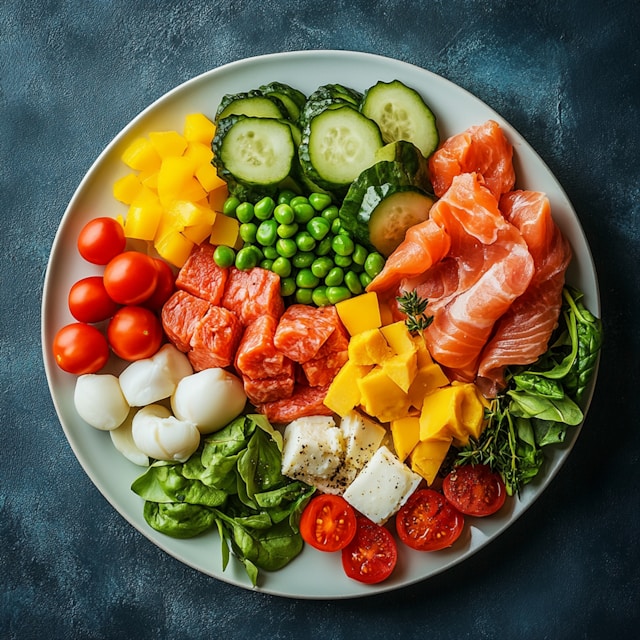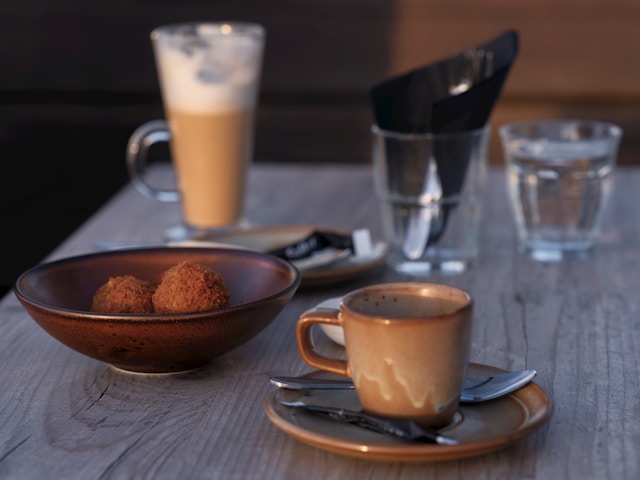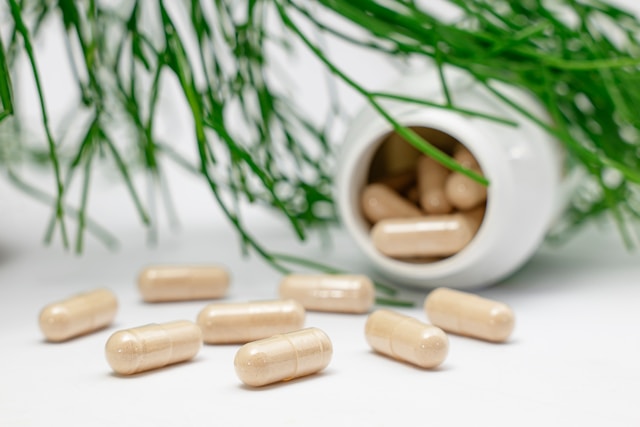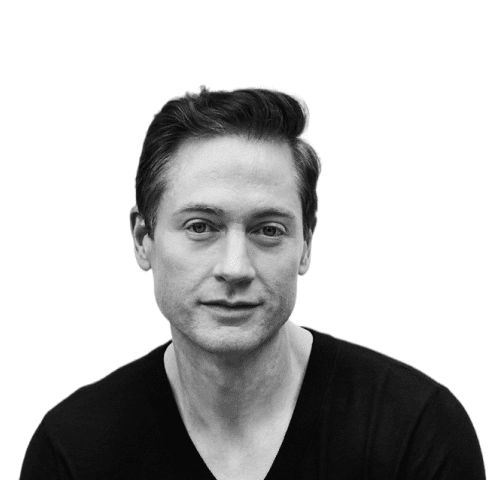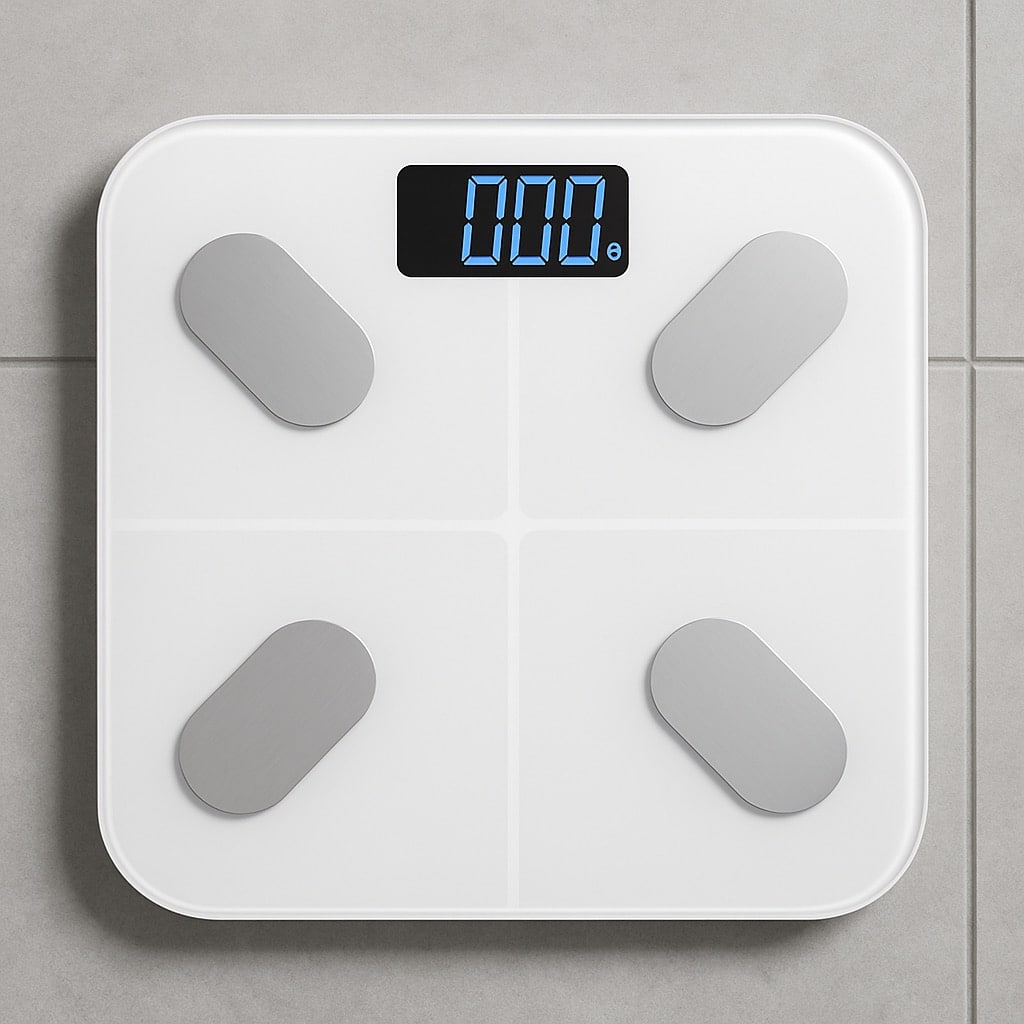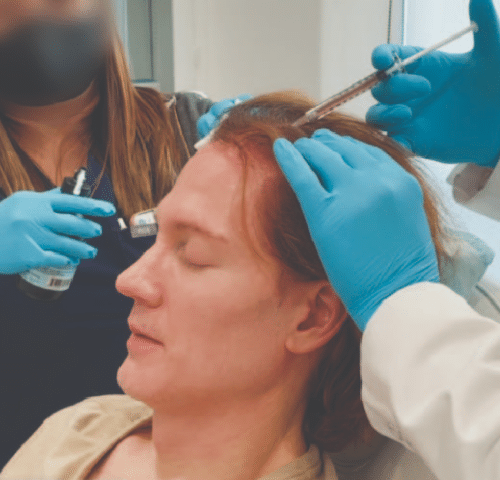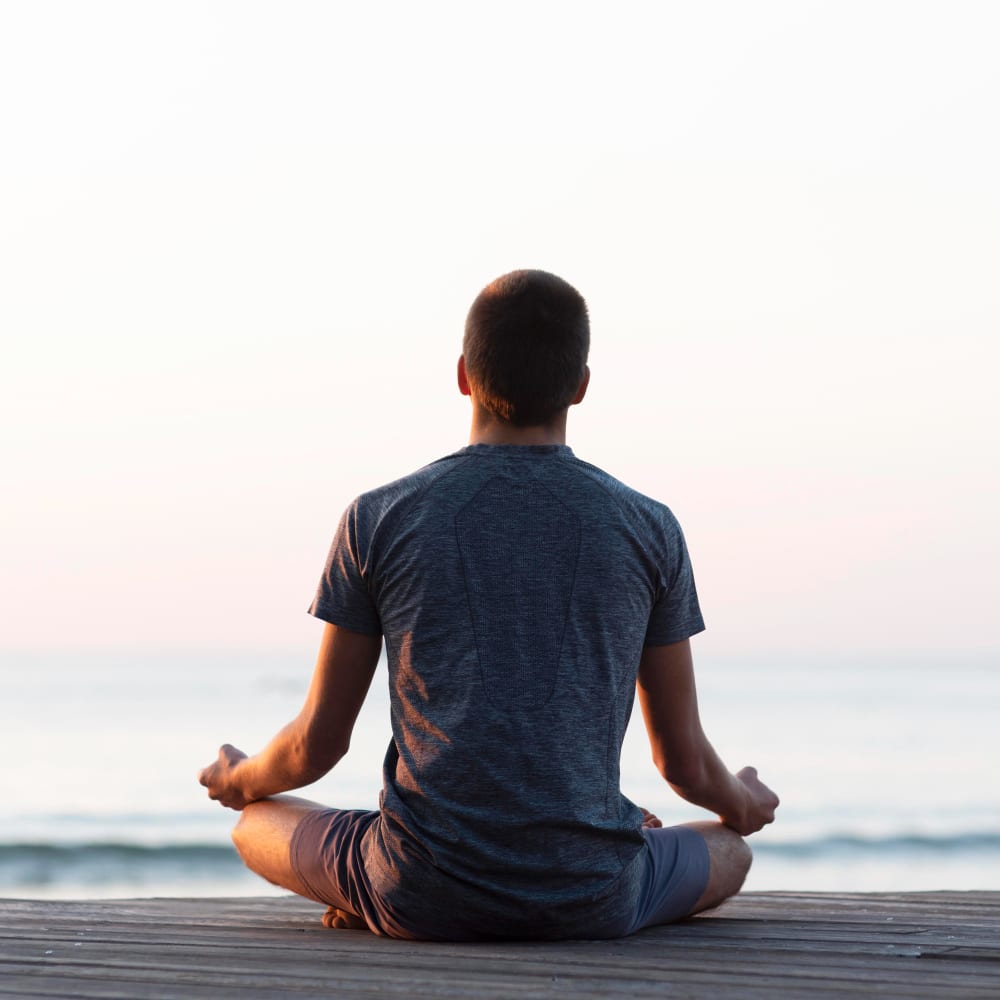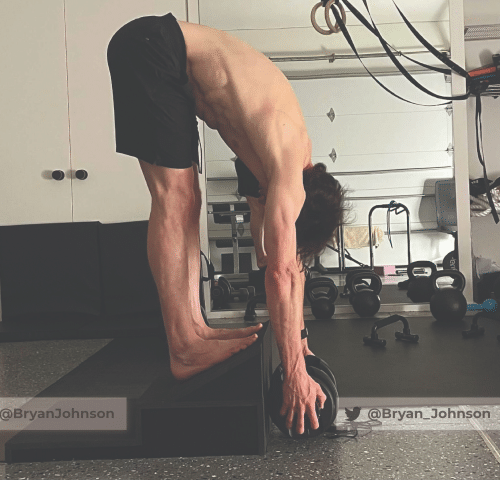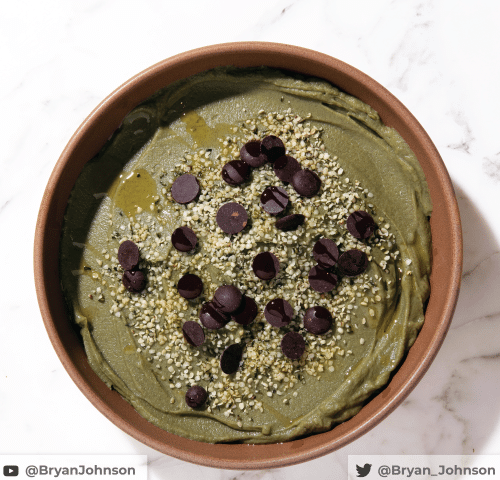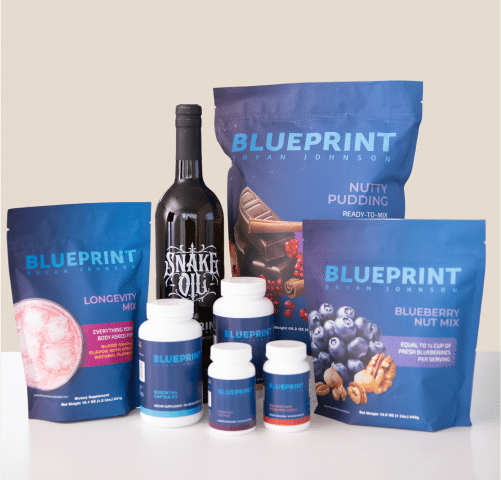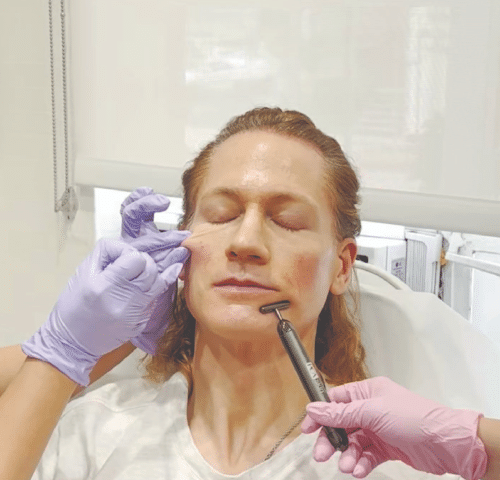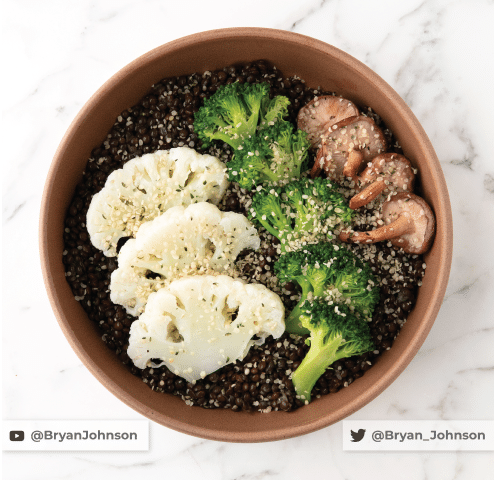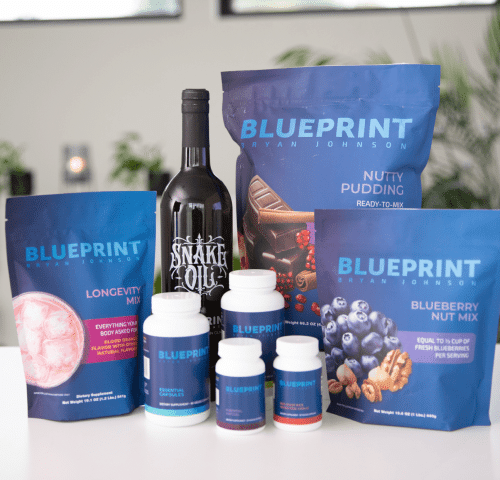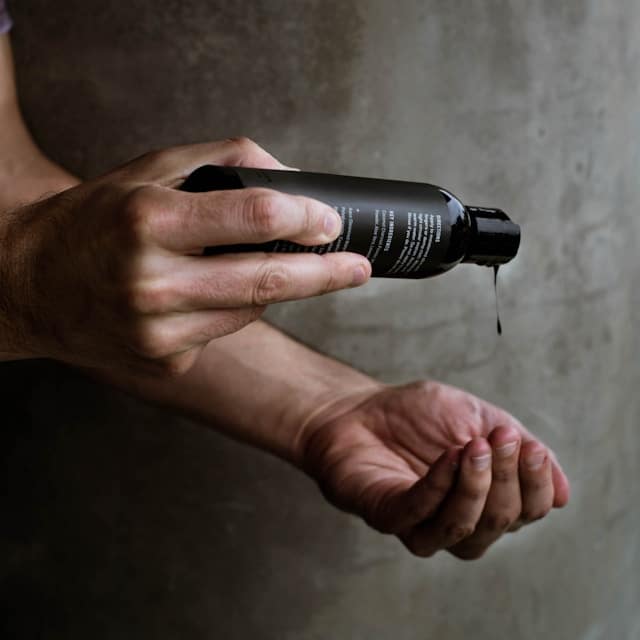Jay Cutler’s Supplement List
A Look at the Stack That Supports His Size and Strength
Jay Cutler, a four-time Mr. Olympia and well-known figure in bodybuilding, has talked openly about the supplements he uses to support his fitness and recovery. Over time, he’s built a routine that includes protein, pre-workout, and other products that help him stay consistent with training and nutrition. This article covers the Jay Cutler supplement routine and highlights some of the products he often adds to his daily stack.
- Last Updated: June 30, 2025
- Probiotic
- Multivitamin
- Creatine Monohydrate
- Whey Protein Isolate
- Vitamin D3
- Curcumin
- Omega-3
- B-Complex & Niacin
- Glutamine
- L-Carnitine
- ZMA (Zinc/Magnesium Aspartate)
- Essential Amino Acids (EAAs/BCAAs)
- Pre-Workout
- Natural Testosterone Booster
- Thermogenic Fat-Burner
- Glucose Disposal Agent
- Joint Support Supplements
- Nitric Oxide & Pump Supplements
-
-
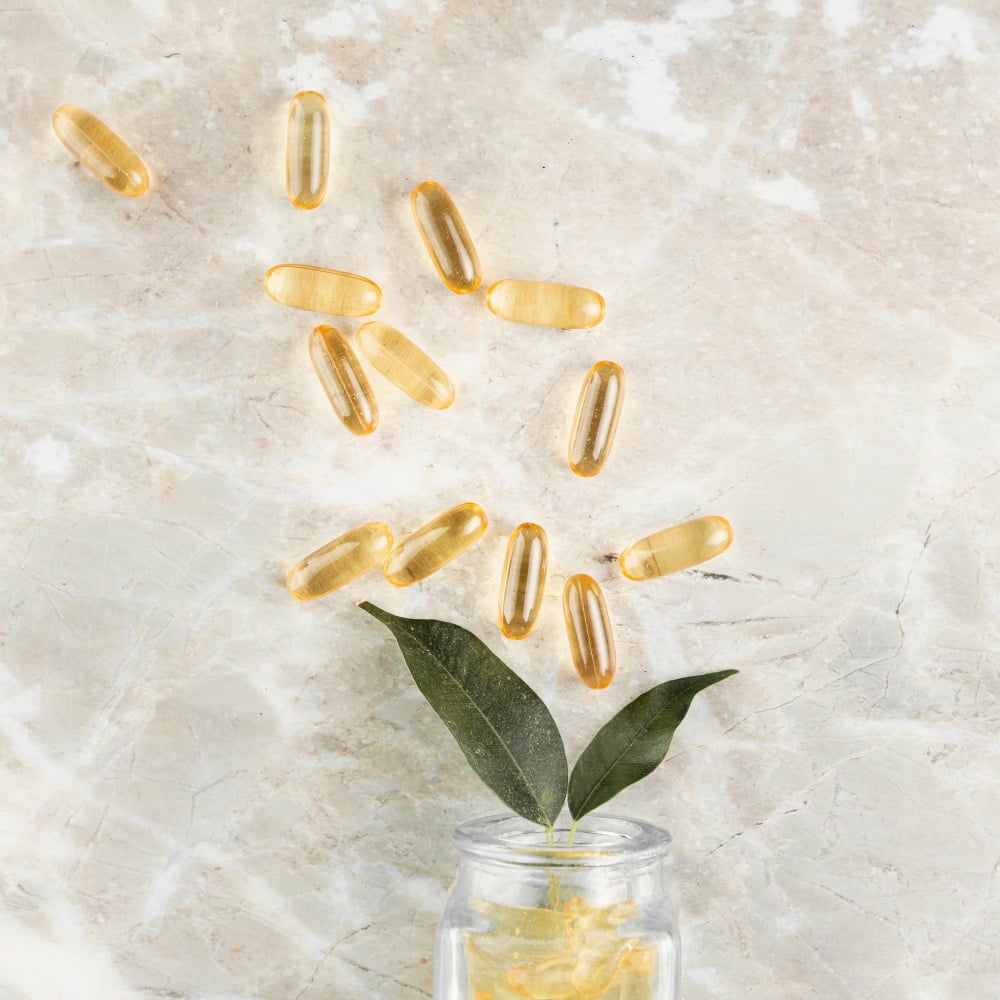
Probiotic
Instead of focusing only on muscle-building formulas, it’s clear that gut health plays a key role in performance and overall well-being. That’s why probiotic holds a steady spot in the Jay Cutler supplements list.
- Daily digestive health support: Probiotics help promote a healthy gut environment, which becomes especially important when following a high-calorie, high-protein diet like his.
- Improved nutrient absorption: A balanced gut allows the body to absorb more nutrients from both food and supplements, giving better results from everything else in his stack.
- Recovery and immune system benefits: Supporting the gut can reduce inflammation and strengthen immunity, both of which help speed up recovery between intense training sessions.
- Essential foundation in his routine: Even though it’s not a performance enhancer on its own, a probiotic supports the systems that allow other supplements to do their job better.
- Stomach support for a heavy diet: With frequent meals and shakes, digestive support is necessary to keep everything running smoothly and avoid issues that can slow down progress.
This simple addition makes a noticeable difference in how he feels and performs. Probiotic may not get the spotlight, but within the broader Jay Cutler supplement routine, it plays a key role in helping everything else work more effectively.
-
Multivitamin
Building a supplement routine that works long-term means paying attention to more than just protein or pre-workout. A top-quality multivitamin plays a steady, behind-the-scenes role in keeping the body functioning well, which is why it’s included in the Jay Cutler supplements plan.
- Covers essential daily nutrients: A multivitamin helps fill nutritional gaps that may come from even the most well-balanced diets, ensuring nothing important is left out.
- Supports energy and stamina: With intense workouts and demanding days, having enough micronutrients can help the body stay energized and reduce overall fatigue.
- Helps maintain immune function: Vitamins like C, D, and zinc play a key role in keeping the immune system ready—something important when physical stress is part of daily life.
- Supports muscle and joint health: Nutrients such as magnesium, calcium, and vitamin D are essential for recovery and joint function, helping with the wear and tear from heavy lifting.
- Easy to take alongside meals: As part of his morning setup, it’s taken with breakfast and works well with the rest of his stack, allowing for consistent absorption.
Even with a clean and structured diet, a multivitamin remains an important part of the Jay Cutler supplement routine, helping him stay balanced, energized, and physically ready for whatever the day demands.
-
Creatine Monohydrate
When it comes to building mass and power, Cutler never overlooked the basics. Among all the products he’s used, creatine monohydrate remained one of his most reliable tools—earning a permanent place in the early stages of the Jay Cutler supplement stack.
- Used daily during Olympia prep: Creatine was part of his everyday routine during his prime years, typically taken in a simple 5-gram serving.
- Supports muscular strength and power: It helped fuel high-intensity workouts by boosting ATP levels, which allowed him to train harder for longer.
- Adds size through cell volumization: Creatine draws water into the muscles, giving them a fuller, rounder look over time—something Cutler was known for on stage.
- Prioritized quality and consistency: He’s spoken about only using products that delivered results, noting that creatine was one of the few he trusted throughout his career.
- Still relevant post-competition: Even after retiring, he continues to take it to maintain strength and support recovery, making it more than just a performance enhancer.
Creatine remains a consistent part of the Jay Cutler bodybuilder supplements list—proving its value not only in contest prep but in long-term strength and recovery as well.
-
Whey Protein Isolate
For years, protein shakes have been a part of Cutler’s day-to-day routine—not as a replacement for meals, but as a fast, reliable option when timing matters. Even now, he keeps whey protein powder in rotation to support his goals, making them a regular part of the Jay Cutler protein supplement lineup.
- Blended with simple meals: He often mixes whey with oatmeal, egg whites, or fruit to build a balanced and easy-to-digest meal—especially in the morning.
- Helps cover protein needs: When whole food meals aren’t practical, a whey isolate shake helps him meet daily protein intake without adding too many extra calories.
- Speeds up recovery after workouts: The quick-digesting nature of whey isolate makes it ideal for post-training, helping his muscles get nutrients right when they need it.
- Keeps the process efficient: Instead of skipping a meal when busy or on the move, he uses shakes as a backup plan to stay on track.
- Still used even with a food-first mindset: While he focuses more on whole foods now, he isn’t afraid to reach for a shake when convenience is key.
Whey protein remains one of the simplest and most consistent tools in the Jay Cutler supplements list—something he continues to use to support performance, recovery, and everyday nutrition.
-
Vitamin D3
Maintaining long-term strength and health takes more than just heavy training or clean eating. Some nutrients, like vitamin D3, offer quiet support behind the scenes—and have earned a permanent spot in Jay Cutler’s nutrition supplements list.
- Taken for hormone support: This vitamin is used to help keep hormone levels steady, which plays a role in energy, mood, and overall drive.
- Added for joint and bone care: With years of lifting under his belt, joint health remains a priority, and D3 supports calcium use and bone structure.
- Valued for immune strength: Staying consistent in the gym requires staying healthy outside of it too, and vitamin D3 plays a role in keeping defenses strong.
- Known for helping recovery: It’s not just about bones—this vitamin also helps the body bounce back after hard workouts by supporting muscle repair.
- Still used daily despite sun exposure: Even living in a place with plenty of sunlight, it remains part of the stack—because levels from the sun alone don’t always cut it.
Vitamin D3 might not be flashy, but its role in Jay Cutler’s supplement stack proves it’s one of those essentials that supports the work without getting in the way.
-
Curcumin
Years of heavy lifting can take a toll on the body, especially the joints. Recovery support has become just as important as performance in the Jay Cutler supplement stack—with curcumin playing a consistent role.
- Chosen for inflammation support: This compound, found in turmeric, is taken to help manage inflammation that builds up from training over time.
- Used to ease joint discomfort: As recovery becomes more important with age, curcumin helps support joint health and reduce day-to-day aches.
- Supports long-term mobility: By helping reduce wear and tear, it contributes to staying active and mobile even after years of intense physical activity.
- Often paired with absorption boosters: For better results, curcumin is usually taken alongside ingredients that improve how well the body uses it.
- Fits into a broader recovery plan: It’s not a replacement for rest or smart training—but it supports the recovery process as part of his overall routine.
Curcumin may not be the first thing that comes to mind when thinking about Jay Cutler’s bodybuilder supplements, but it plays a quiet role in keeping his recovery on track and his training sustainable.
-
Omega-3
For someone who’s spent decades training at a high level, staying healthy isn’t just about building muscle—it’s about protecting the body from the inside out. Omega-3s serve that role in the Jay Cutler diet supplements list.
- Supports cardiovascular health: Omega-3 fatty acids play a role in lowering triglyceride levels and improving blood flow, which helps reduce strain on the heart during both training and rest.
- Used to reduce joint stiffness: Years of intense lifting can lead to joint wear, and omega-3s help by improving lubrication and reducing inflammation, making day-to-day movement more comfortable.
- Boosts cognitive function: These fats are involved in brain cell structure and signaling, supporting sharper focus, better memory, and mental clarity—especially important for someone managing a brand, training, and speaking engagements.
- Chosen over standard fish oil: Krill oil is often preferred for its added antioxidant content, including astaxanthin, and it may be more bioavailable, meaning the body can absorb and use it more efficiently than regular fish oil.
- Helps control inflammation: Regular intake of EPA and DHA—the two key omega-3s—has been linked to reduced muscle soreness and better recovery after intense workouts, making it easier to train consistently.
This type of healthy fat isn’t just about performance—it’s about staying mobile, sharp, and pain-free. Omega-3 continues to be a consistent part of Jay Cutler’s supplement routine for overall health and recovery.
-
B-Complex & Niacin
Not every supplement in a stack is about building size—some are there to keep everything running smoothly in the background. That’s the case with B-complex and niacin, both of which have earned a long-term place in Jay Cutler’s supplements list.
- Used for daily energy balance: Instead of relying on caffeine or quick fixes, B vitamins help support natural energy by fueling basic cellular processes.
- Long-standing favorite for circulation: Niacin has been part of his routine for years thanks to its ability to promote better blood flow, which can support overall performance.
- Supports healthy cholesterol: Known to help raise HDL levels, niacin plays a quiet but important role in long-term heart health.
- Tied to metabolism function: B vitamins are involved in processing the macros in his meals, making sure nutrients are broken down and used effectively.
- Preferred in flush form: Rather than avoiding the niacin flush, he’s used to it—opting for the version that delivers full effects rather than the non-flush alternative.
While it may not be the flashiest part of the Jay Cutler supplement routine, this combo of B-complex and niacin helps keep his body functioning at a high level day after day.
-
Glutamine
Jay Cutler placed a strong emphasis on recovery—especially during the intense demands of Olympia prep. One recovery supplement he trusted for years was glutamine, which helped him stay consistent, even through high-volume training.
- Taken after workouts and before bed: Cutler often used 5 to 10 grams of glutamine daily to support recovery and reduce soreness after training.
- Helps protect immune function: He believed it played a role in keeping him from getting sick, especially during contest prep when immune health can dip.
- Supports gut health and digestion: In addition to recovery benefits, glutamine may improve digestion, helping athletes absorb nutrients more efficiently.
- Commonly mixed with shakes: Instead of relying on capsules, Jay preferred to stir it into his protein shakes for added convenience.
- Used during peak bodybuilding years: While it’s not as hyped today, glutamine was a staple in early 2000s bodybuilding, and Cutler credited it as one of his most-used recovery aids.
As part of the wider Jay Cutler supplement stack, glutamine played a quiet but consistent role—supporting his performance, immunity, and long-term recovery behind the scenes.
-
L-Carnitine
Staying lean while keeping energy levels up takes more than just smart training. L-carnitine helps bridge the gap between cardio and fat metabolism, which is why it’s earned a spot in the Jay Cutler supplement stack.
- Supports fat as a fuel source: L-carnitine helps shuttle fatty acids into the mitochondria, where they can be used for energy instead of being stored.
- Aids with steady energy: This supplement is often taken before cardio to reduce early fatigue and help sustain output without relying solely on carbs.
- Favors body composition: It assists in fat metabolism without compromising strength, making it useful for maintaining muscle definition during cutting phases.
- Best timed with cardio sessions: Cutler tends to use it before fasted cardio, where its effects on energy and fat usage are most noticeable.
- Fits well with aging goals: As metabolism changes, supplements like this help keep energy levels consistent while supporting a lean physique.
In the context of Jay Cutler’s nutrition supplements lineup, L-carnitine plays a focused role—supporting fat use, boosting endurance, and helping him stay sharp during cardio-focused phases.
-
ZMA (Zinc/Magnesium Aspartate)
Good sleep doesn’t just help you feel rested—it plays a direct role in how well your body recovers and rebuilds. That’s why ZMA, a simple blend of zinc, magnesium, and vitamin B6, holds a place in the Jay Cutler supplement routine.
- Used to promote deeper sleep: This supplement helps calm the nervous system and may support more restful, uninterrupted sleep after long training days.
- Supports natural testosterone production: Zinc plays a role in maintaining healthy testosterone levels, which can decline over time and affect strength and recovery.
- Aids overnight muscle repair: Magnesium contributes to muscle relaxation, helping reduce cramping or tightness and making recovery more efficient.
- Helps regulate mood and rest cycles: Vitamin B6 supports neurotransmitter function, which can influence how well the brain winds down at night.
- Taken before bed as part of his routine: ZMA is typically used in the evening to wind down, giving his body the tools it needs for better recovery during sleep.
Among the many Jay Cutler supplements, ZMA focuses on something often overlooked—rest. It’s a quiet but consistent part of his nightly stack to keep his recovery and hormone support in check.
-
Essential Amino Acids (EAAs/BCAAs)
Amino acids aren’t just reserved for pro-level prep—they’re part of how Cutler keeps his training efficient today. Even without a competition on the horizon, he still leans on EAAs and BCAAs to stay sharp and support performance.
- Muscle preservation during long sessions: Training on low food intake or while dieting increases muscle breakdown, and these aminos help defend against it.
- Added fuel for mid-workout intensity: Sipping amino acids during workouts gives him a steady supply of support without the need for a full meal.
- Enhanced hydration and recovery combo: Many EAA blends include electrolytes, giving him added hydration while reducing post-workout soreness.
- Trusted during fat loss phases: When the focus is cutting fat without losing size, he turns to these to help maintain fullness and strength.
- Used consistently for decades: This isn’t a recent addition—he’s relied on amino acids since his Olympia days, keeping them in his core stack year after year.
Even with newer supplements on the market, amino acids have stayed relevant in the broader Jay Cutler supplements list. They’re a small but steady factor in keeping energy high, muscle breakdown low, and overall recovery on track.
-
Pre-Workout
Even though he’s no longer competing, Cutler still treats every gym session like it counts. His pre-workout routine is designed to sharpen focus, boost endurance, and bring intensity to each lift—making it a core part of the Jay Cutler pre workout supplement routine.
- Used to increase energy output: With a mix of caffeine and nootropics, his pre-workout gives him a clean lift in energy without the post-workout crash.
- Supports better focus in the gym: Mental clarity is just as important as physical strength, and pre-workout ingredients help him stay locked in throughout each session.
- Taken for enhanced blood flow and pumps: Ingredients like nitric oxide boosters help with muscle fullness and vascularity, which contribute to better mind-muscle connection.
- Combines stimulant and non-stimulant formulas: He often stacks a caffeine-based option with a stimulant-free pump enhancer to get both energy and volume benefits in one session.
- Timed before training for full effect: It’s usually taken 15–20 minutes before a workout, giving the body time to absorb the ingredients and ramp up intensity.
Pre-workout plays a direct role in helping Cutler approach every session with purpose and intensity. It’s a key element that keeps his training consistent, focused, and rewarding even years after stepping off the stage.
-
Natural Testosterone Booster
As his goals shift from competition to longevity, Cutler has adjusted his stack to match. One way he does that is by using a natural testosterone booster—an option that fits well into the Jay Cutler supplement line for overall support and balance.
- Helps support hormonal balance: Natural ingredients like ashwagandha and zinc may assist in maintaining testosterone levels, especially when paired with consistent training.
- Used to maintain muscle mass: As hormone levels dip with age, supplements like these can offer some support for holding onto size and strength.
- Often paired with recovery efforts: Better hormone health may help improve sleep, energy, and recovery—all of which become more important later in life.
- Fits into his “Fit at 50” approach: Cutler uses this type of product as part of a broader wellness strategy, not just for gains but for staying active and healthy year-round.
- Acts as a complement to professional care: While open about using TRT under supervision, he still sees value in natural boosters to keep his stack well-rounded.
This product plays a more supportive role in the Jay Cutler nutrition supplements stack—one focused on longevity, wellness, and helping him stay physically active with age.
-
Thermogenic Fat-Burner
Staying in photo-ready shape takes more than clean eating and cardio. To keep his physique sharp, Cutler includes a thermogenic fat-burner to support metabolism and energy output.
- Boosts calorie burn during the day: These supplements often rely on ingredients like caffeine or green tea extract to help raise metabolic rate and increase daily energy use.
- Supports his fasted cardio habit: Cutler uses this in the mornings before training or walking, especially when trying to lean out without cutting food too aggressively.
- May assist with appetite control: Some thermogenic blends also help reduce cravings, making it easier for him to stick to a structured meal plan.
- Helps maintain a lean look year-round: Even off-stage, Cutler prioritizes staying trim, and this supplement gives him a small edge when combined with his disciplined lifestyle.
- Part of his Fit at 50 strategy: It’s a tool that supports his metabolism without needing drastic changes to training volume or intensity.
Used consistently, this product fits right into the Jay Cutler supplements list as a subtle but effective piece of the fat-loss equation—helping him stay lean while preserving size and strength.
-
Glucose Disposal Agent
Managing energy isn’t just about what you eat—it’s also about how your body uses it. For someone who follows a structured meal plan with high-carb intake, adding a glucose disposal agent helps support better control and nutrient use.
- Used to improve insulin efficiency: This type of supplement helps the body respond better to insulin, which is key for directing carbs into muscle tissue instead of fat storage.
- Supports post-meal balance: After meals, especially those high in carbohydrates, it helps keep blood sugar levels steady—reducing energy crashes and bloating.
- Taken to enhance muscle glycogen storage: By improving how glucose is stored, it supports better recovery and muscle fullness after training.
- Commonly includes key metabolic ingredients: Compounds like berberine or chromium are often found in these products, helping support better nutrient breakdown and absorption.
- Paired with early meals: It’s usually taken with breakfast or the first carb-heavy meal to help the body process nutrients right from the start of the day.
As part of the Jay Cutler supplement routine, this tool supports his focus on staying lean, improving carb use, and maintaining steady energy without storing unwanted fat.
-
Joint Support Supplements
Years of intense training placed serious demand on Cutler’s joints, so he often turned to additional support beyond the basics. While not always front and center in interviews, these recovery-focused aids were a smart part of Jay Cutler’s supplement stack, especially during contest prep and cardio-heavy phases.
- Glucosamine, chondroitin, and MSM: These are commonly used for cartilage support and inflammation control, especially helpful after heavy lifting sessions.
- Electrolytes for hydration and muscle function: Jay relied on potassium, sodium, and magnesium to stay hydrated and prevent cramps during long cardio or posing sessions.
- Phosphatidylserine for cortisol balance: This lesser-known ingredient may have supported hormonal recovery and stress management during peak training periods.
- Alpha-GPC and phosphatidylcholine: Both ingredients may have contributed to nervous system function and growth hormone output, showing his interest in advanced supplementation.
- Occasional use of diuretics: Short-term ingredients like dandelion root were used in the final stretch before a show to help him shed water and refine his stage look.
Even the less-discussed items on the Jay Cutler supplements list served a role in keeping him performing at a high level while managing the wear and tear that came with his intense training schedule.
-
Nitric Oxide & Pump Supplements
For Jay Cutler, the visual impact of a good muscle pump wasn’t just for show—it played a key role in how he trained and performed. Pump-enhancing ingredients helped improve workout intensity and nutrient delivery, especially during his peak bodybuilding years.
- Boosts blood flow to working muscles: Using vasodilators like citrulline or arginine helped Cutler increase circulation during workouts, bringing more oxygen and nutrients to target areas.
- Improves workout performance: He found that better pumps often led to better sessions in the gym—giving him both physical and mental drive to push harder.
- Used niacin for added effect: Jay often added niacin before training to further enhance blood vessel dilation, something he found effective during his competitive years.
- Enhances muscle fullness: On stage or in the gym, the increased vascularity and muscle volume from pump supplements made a noticeable difference in his appearance.
- Consistently used during his Olympia prep: These products were a fixture in his stack across multiple competition seasons, showing how much he valued their impact.
This type of product still helps him maintain both muscle performance and training intensity, which leads to an enhanced daily routine.
-
